Earth Water Cycle Worksheets 5th Grade
The Earth's water cycle is a fascinating topic for fifth-grade students to explore. To enhance their understanding of this important natural phenomenon, worksheets can serve as valuable learning tools.
Table of Images 👆
More 5th Grade Worksheets
5th Grade Math Worksheets PrintableMultiplication Worksheets for 5th Grade
Constitution Worksheets for 5th Grade
Coordinates Worksheets 5th Grade
United States Worksheets 5th Grade
Free Division Worksheets for 5th Grade
Poetry Terms 5th Grade Worksheets
5th Grade Social Studies Printable Worksheets
What is the Earth's water cycle?
The Earth's water cycle, also known as the hydrologic cycle, is the continuous movement of water on, above, and below the surface of the Earth. It involves processes such as evaporation, condensation, precipitation, infiltration, runoff, and transpiration. Water evaporates from bodies of water, land, and plants to form clouds, which then release water back to the Earth's surface through precipitation in the form of rain or snow. This water flows into rivers, lakes, and oceans, eventually evaporating again to continue the cycle.
How does precipitation occur?
Precipitation occurs when water vapor in the atmosphere condenses into liquid water or ice crystals, which then fall to the Earth's surface as rain, snow, sleet, or hail. This process is driven by cooling of the air, which can happen through processes such as cooling from rising air masses, mixing of warm and cool air masses, or contact with a colder surface. The condensed water droplets or ice crystals eventually become too heavy to remain suspended in the air and fall to the ground due to the force of gravity.
What are the main sources of water vapor?
The main sources of water vapor in the Earth's atmosphere are evaporation from bodies of water such as oceans, lakes, and rivers, transpiration from plants, and sublimation from snow and ice. These processes release water molecules into the air, where they can then condense into clouds and precipitation. Additionally, human activities such as industrial processes and agriculture can also contribute to the amount of water vapor in the atmosphere through activities such as irrigation and cooling systems.
What is condensation in the water cycle?
Condensation in the water cycle is the process in which water vapor in the air cools and transforms into liquid water droplets, forming clouds. This occurs when warm air rises, cools, and reaches its dew point, causing the water vapor to condense and change from a gas to a liquid state.
How does evaporation take place?
Evaporation takes place when the thermal energy from the surroundings is transferred to the liquid molecules, increasing their kinetic energy. As a result, some of the molecules gain enough energy to overcome the attractive forces holding them together in the liquid phase and escape into the surrounding air as vapor. This process continues until equilibrium is reached, with molecules continuously leaving and entering the liquid surface.
What role do oceans play in the water cycle?
Oceans play a crucial role in the water cycle by contributing to the evaporation process. As the sun heats the surface of the ocean, water evaporates and rises into the atmosphere, forming clouds. These clouds eventually release the condensed water as precipitation, which can fall back into the oceans as rain or snow. This continuous movement of water from the ocean to the atmosphere and back again is essential for maintaining Earth's water balance and regulating global weather patterns.
How does transpiration contribute to the water cycle?
Transpiration is the process by which moisture is carried through plants from roots to small pores on the underside of leaves, where it changes to vapor and is released to the atmosphere. This contributes to the water cycle by adding water vapor to the air, which eventually condenses to form clouds and can lead to precipitation. In this way, transpiration plays a vital role in moving water from the ground to the atmosphere, completing the cycle of evaporation, condensation, and precipitation that is crucial for maintaining Earth's water balance.
What causes clouds to form?
Clouds form when moist air rises and cools, causing the water vapor in the air to condense into tiny water droplets or ice crystals. This process typically occurs when warm air is forced to rise due to atmospheric conditions like convection, frontal boundaries, orographic lifting, or convergence of air masses. As the water vapor condenses around particles like dust or pollutants in the atmosphere, clouds are created and can eventually develop into different types depending on the altitude, temperature, and humidity levels in the atmosphere.
What happens during water runoff?
During water runoff, excess water from precipitation or melting snow flows over the ground surface and eventually enters streams, rivers, lakes, or oceans. As it moves, water runoff can pick up pollutants, debris, and sediment from the ground, potentially contaminating water sources and causing erosion. This process can lead to flooding, loss of soil fertility, and harm to aquatic ecosystems if not properly managed or controlled through sustainable land-use practices and stormwater management techniques.
How does the water cycle affect the availability of fresh water?
The water cycle plays a crucial role in maintaining the availability of fresh water as it constantly recycles and redistributes water around the planet. Through processes like evaporation, condensation, and precipitation, water is continuously moved from oceans, rivers, and lakes into the atmosphere and back to the Earth's surface as rainfall. This replenishes freshwater sources and helps sustain ecosystems, agriculture, and human communities that rely on access to clean water for survival and development. Therefore, the water cycle is essential for maintaining the supply of fresh water and ensuring its availability for various uses.
Have something to share?
Who is Worksheeto?
At Worksheeto, we are committed to delivering an extensive and varied portfolio of superior quality worksheets, designed to address the educational demands of students, educators, and parents.

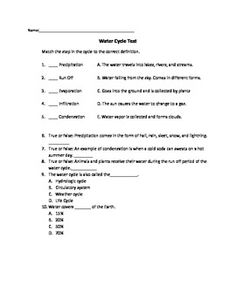



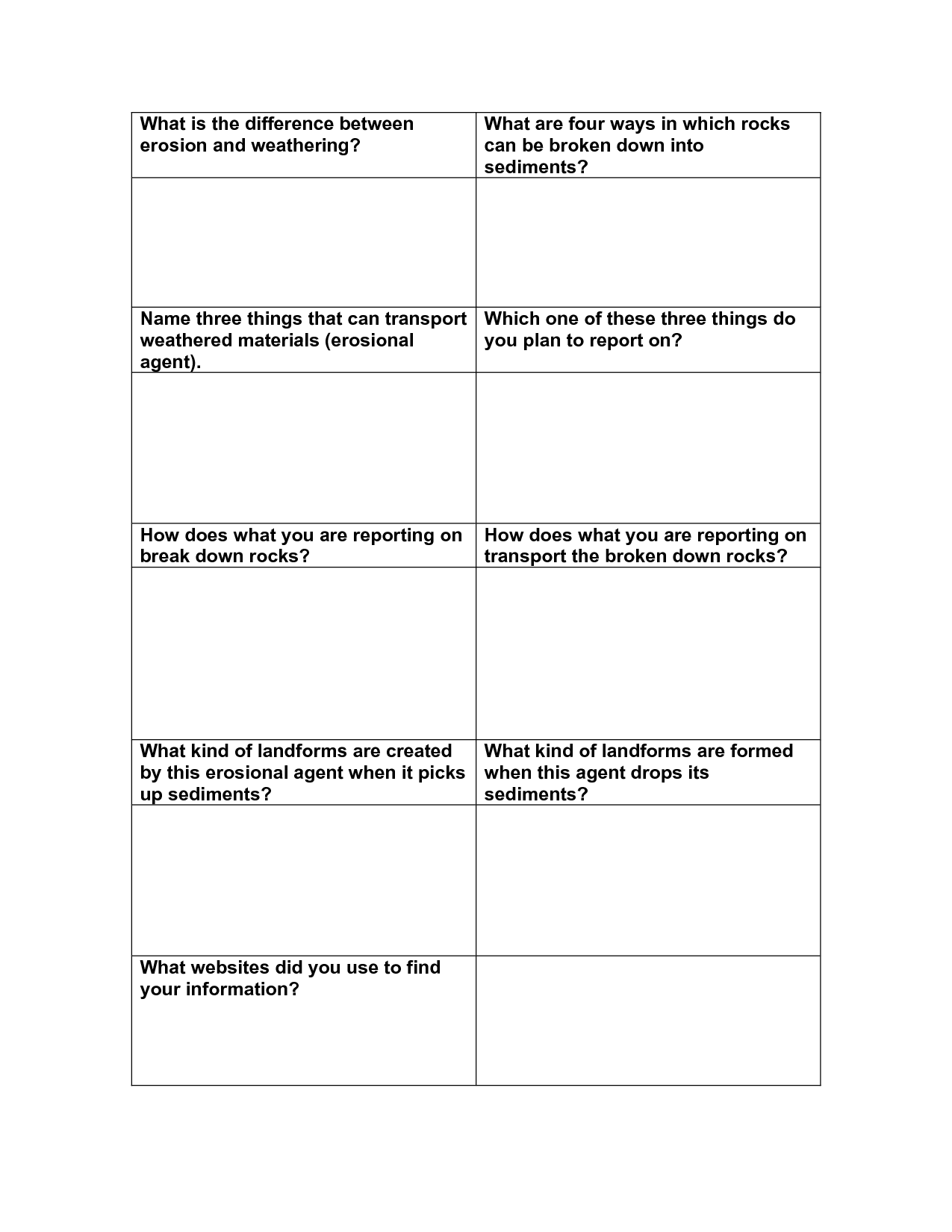
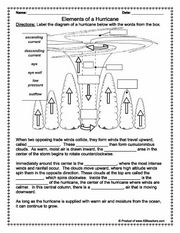

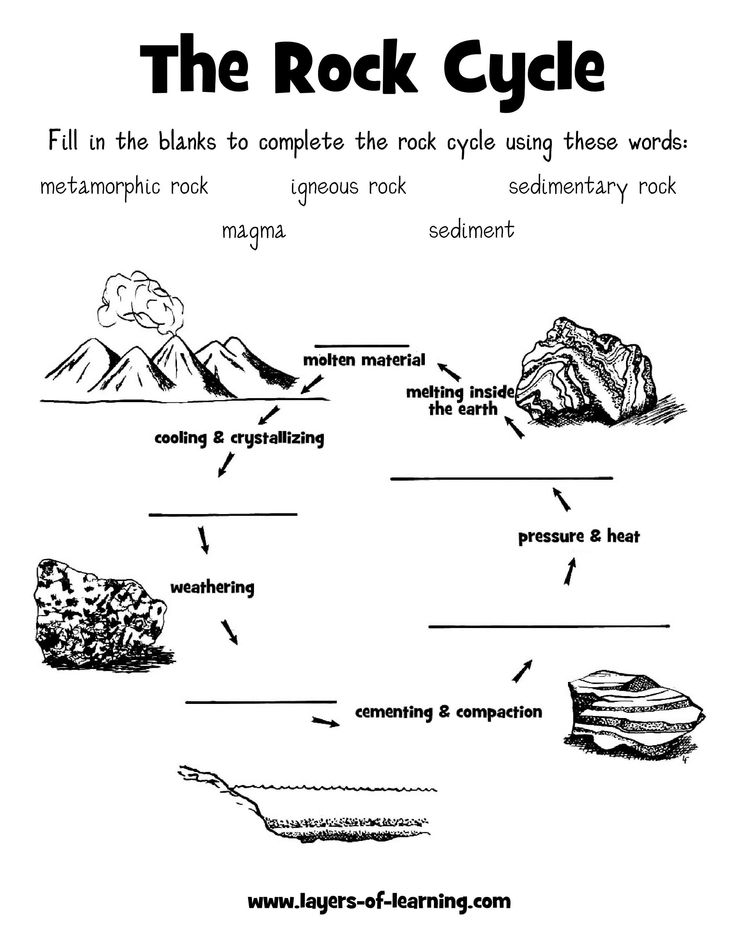
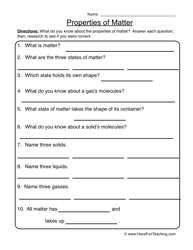
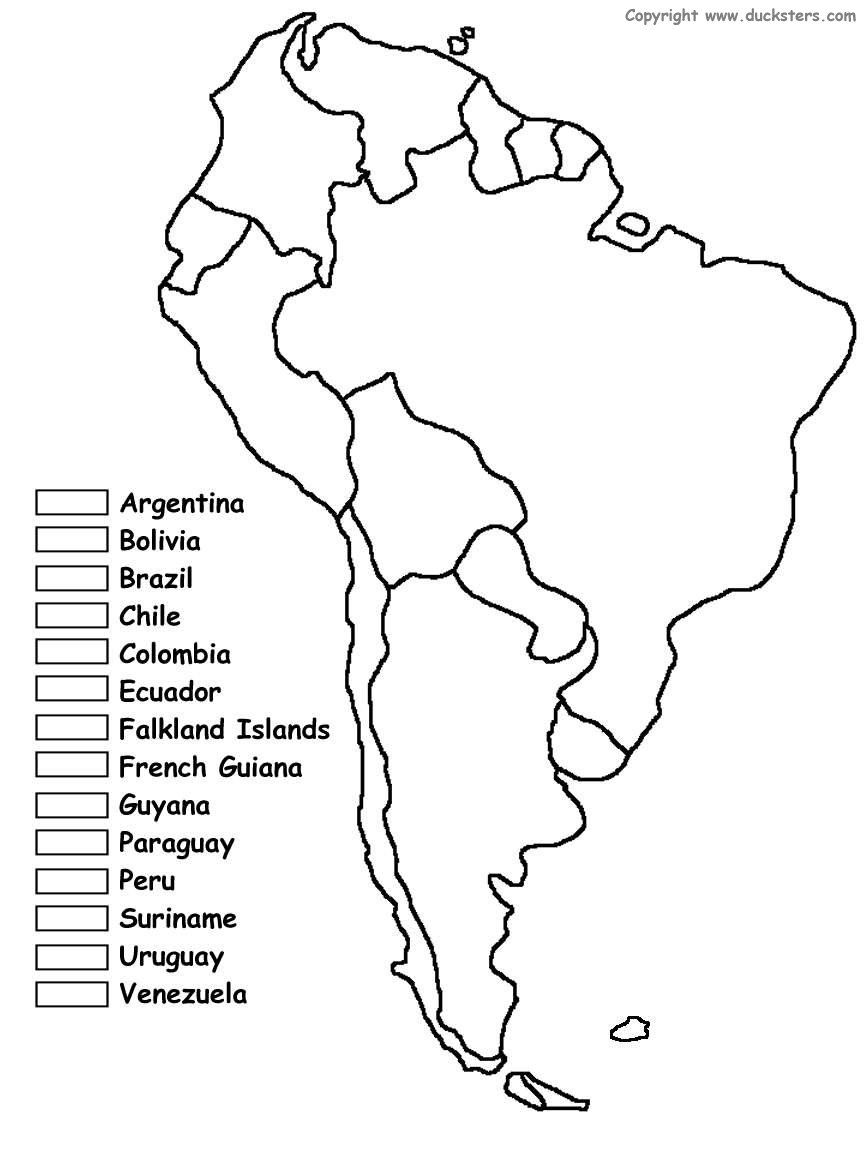

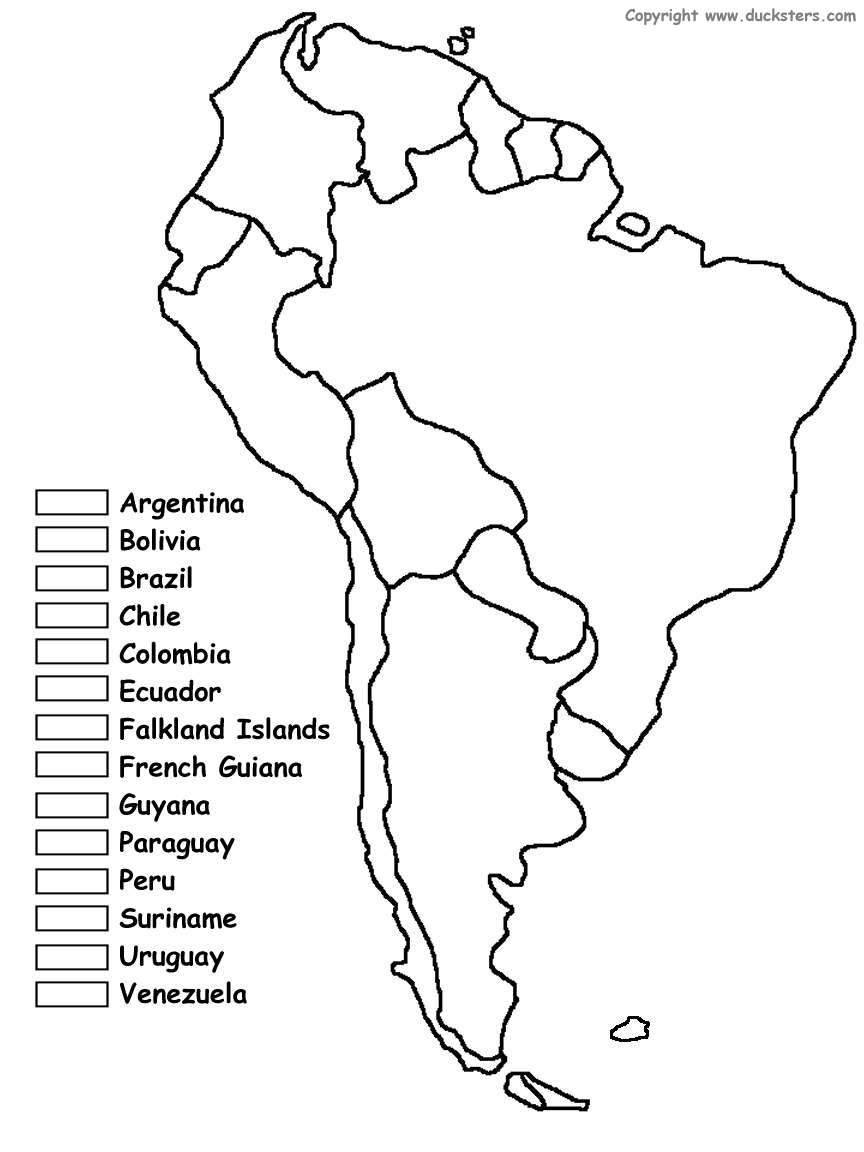
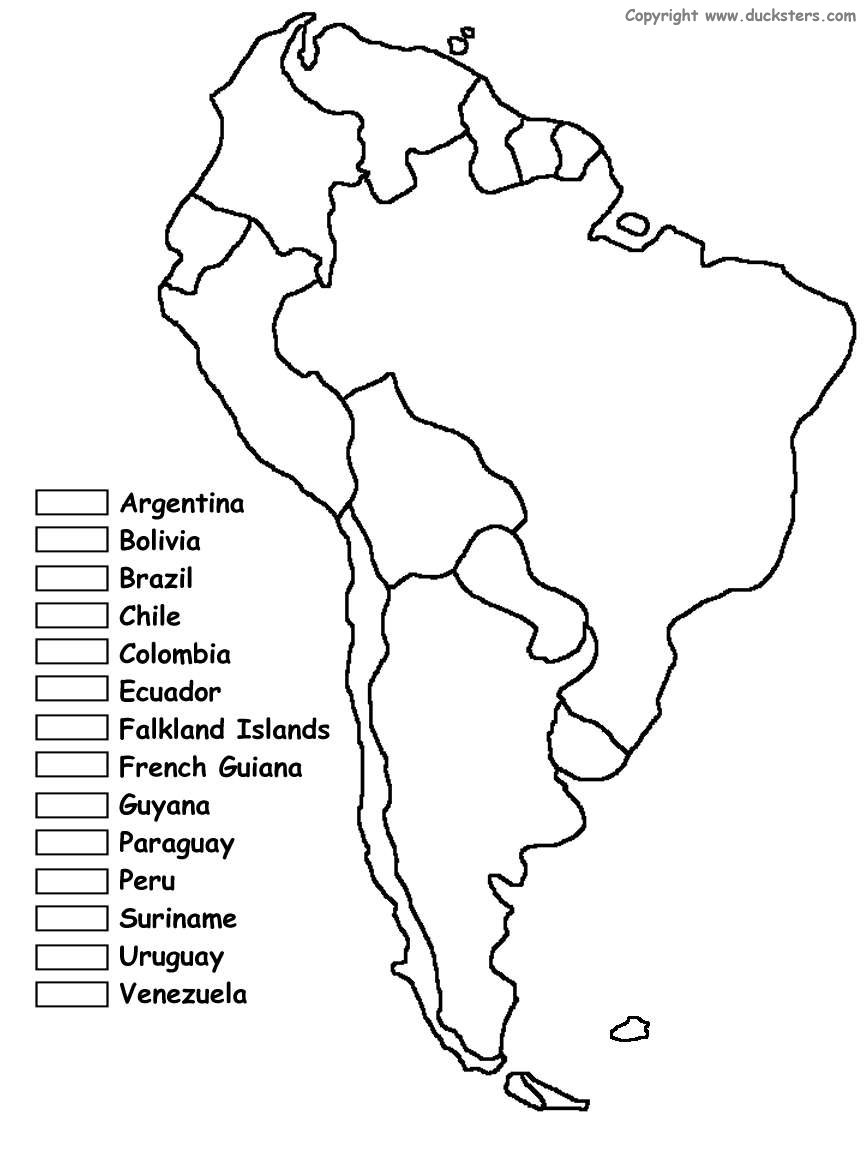
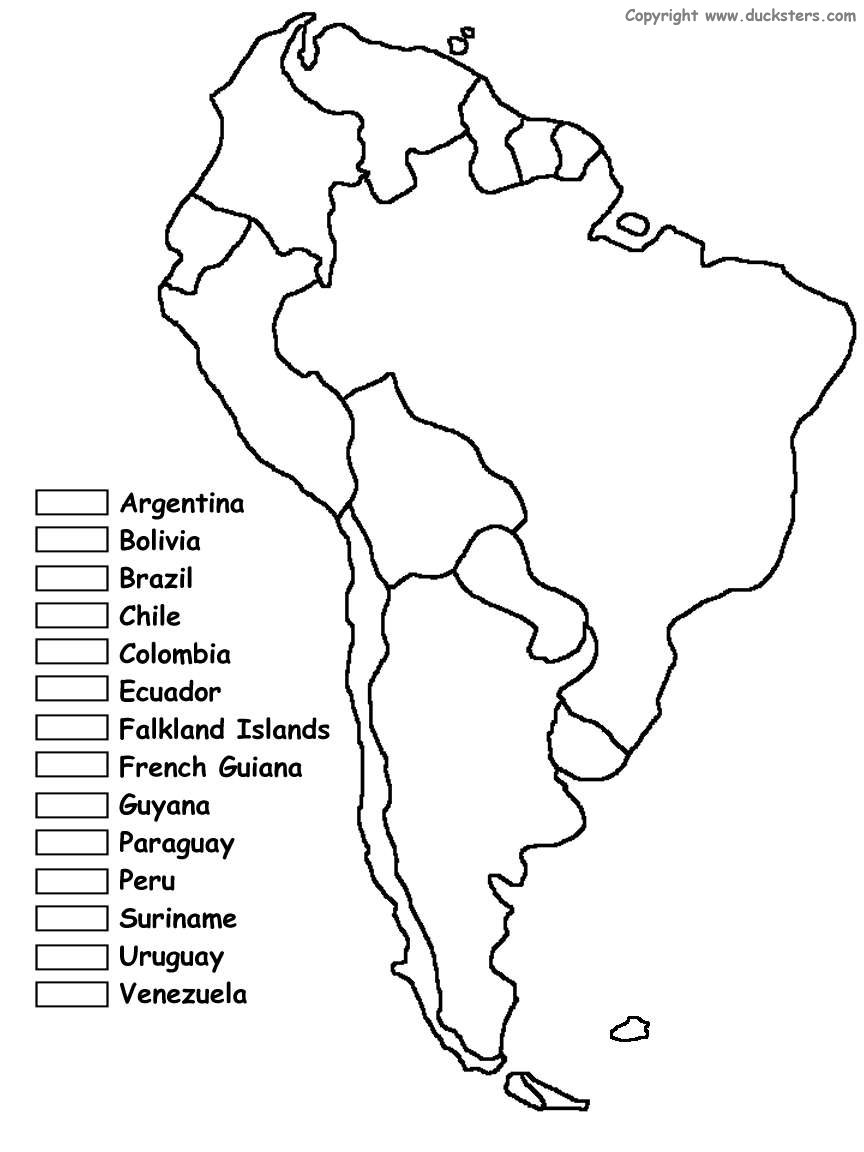
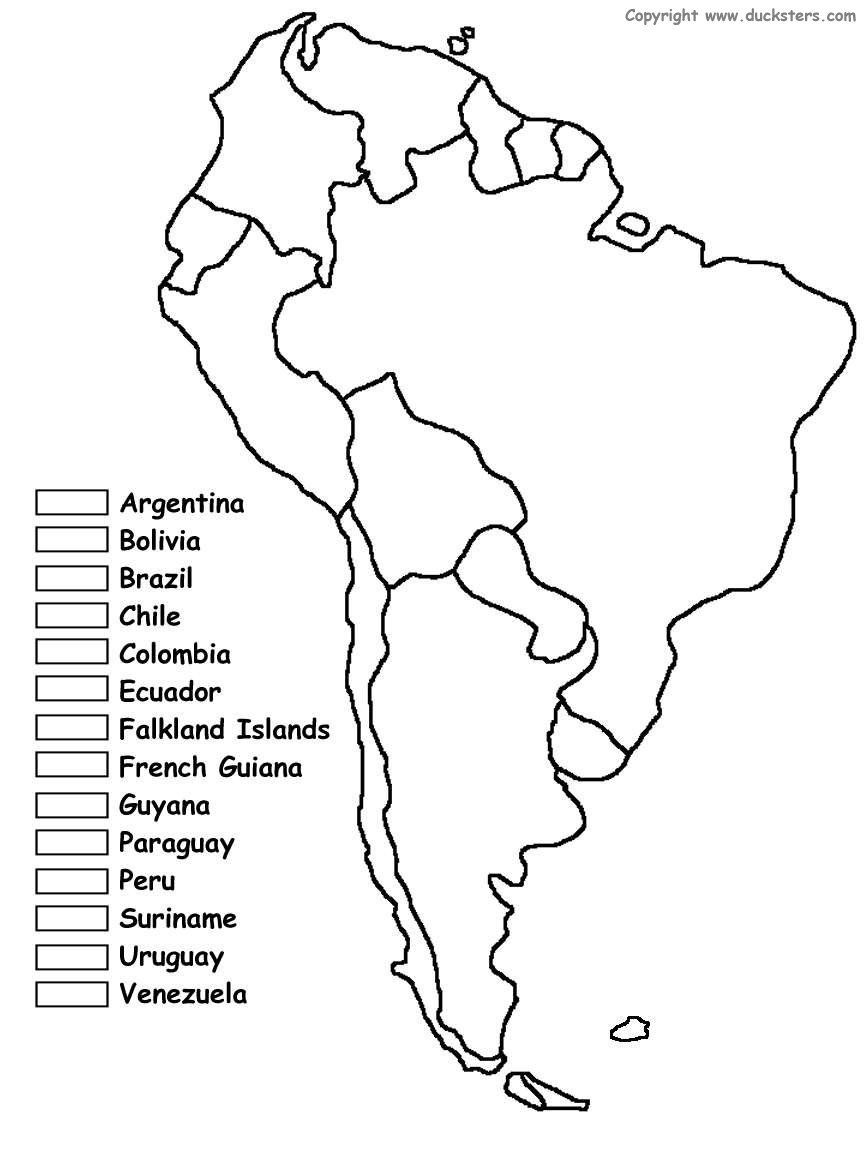
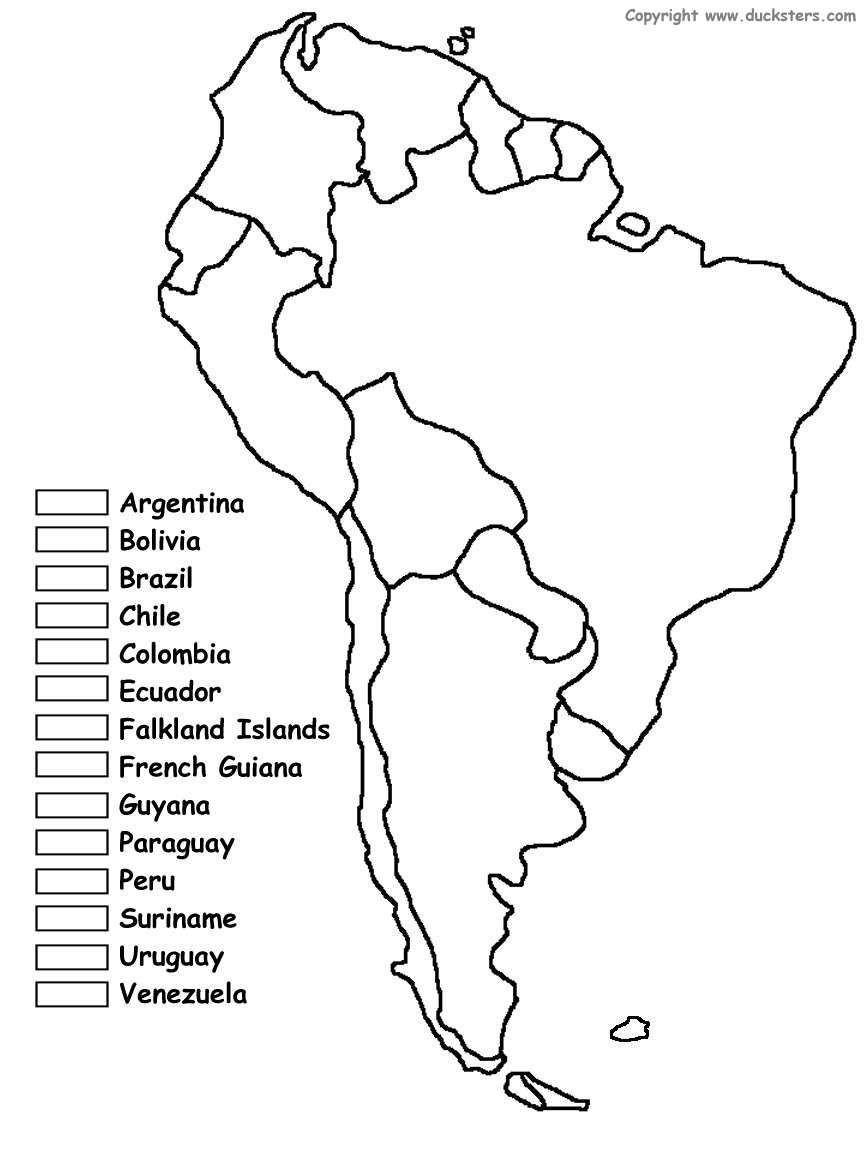












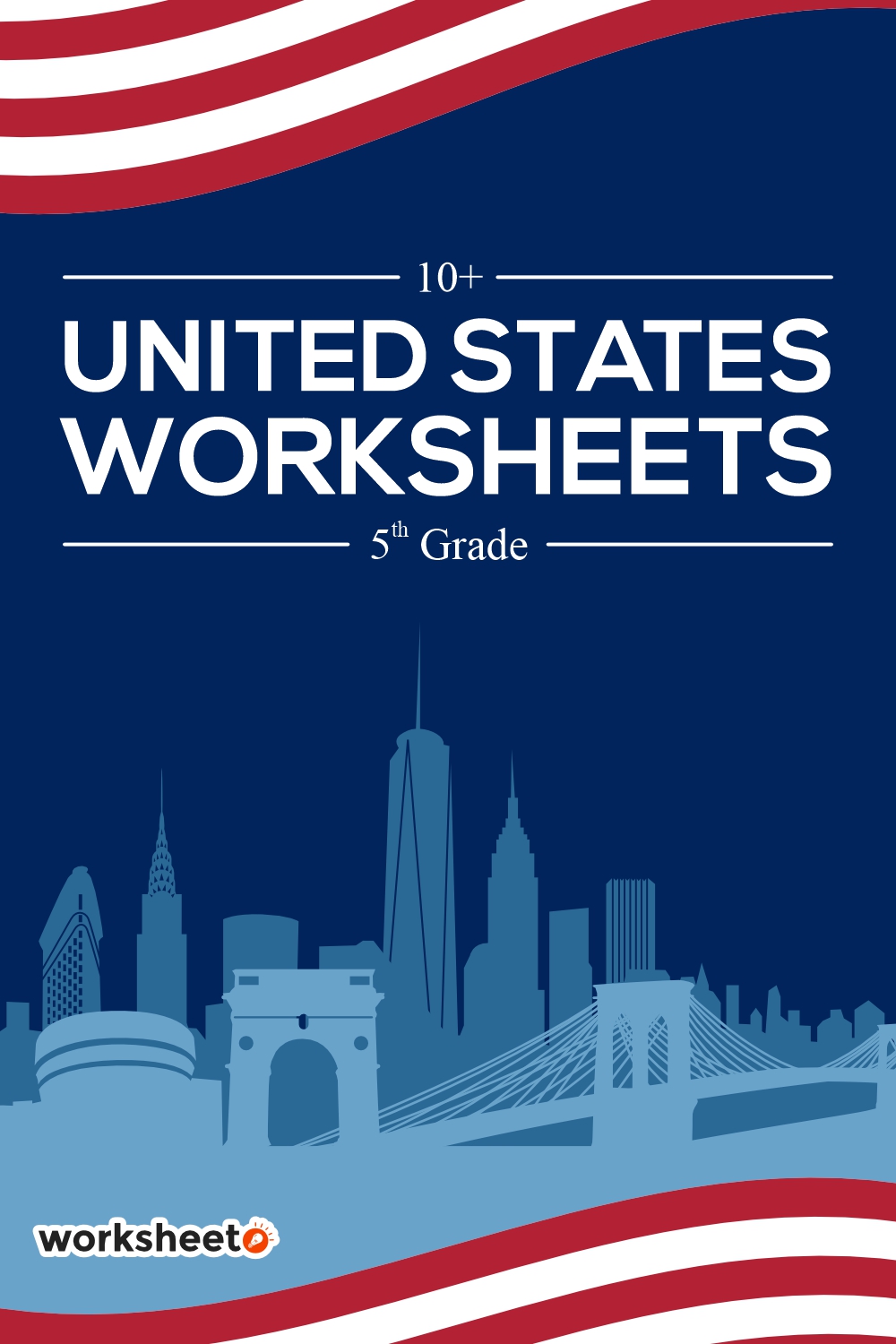

Comments